Long before the invention of planetariums or the development of advanced astronomical technologies, humans looked at the sky with curiosity and wonder. The desire to understand celestial phenomena led to the creation of tools that could model the heavens.
Ancient Curiosity and the Birth of Celestial Models
Among the most enduring and elegant of tools, were globes, helping people visualize the universe and Earth’s in all its forms, offering a tangible way to grasp the abstract and often mysterious workings of the cosmos.
Earthly and Celestial Perspectives
Globes have been used for thousands of years to depict both terrestrial and celestial narratives. Terrestrial globes map the geographical features of Earth, while planetary globes represent the surfaces of other celestial bodies such as the moon or Mars.
The latter, however, are unique in their purpose and design. Being spherical maps of the sky, portraying the stars, constellations, and sometimes the planets as they appear from Earth, they certainly deserve to be seen.
What Celestial Globes Show & What They Don’t
A celestial globe shows the sky surrounding Earth, with the celestial equator corresponding to the world’s equator. While the Sun, Moon, and planets are typically omitted due to their changing positions, what is usually marked is the ecliptic– the path the Sun appears to follow across the sky.
This allows viewers to understand the general motion of celestial bodies and the structure of the heavens. Celestial globes often incorporate data from scientific satellites, enhancing their accuracy and relevance. When it comes to visualizing constellations, celestial globes offer a more immersive and accurate representation than flat star charts, which can distort spatial relationships.

The Problem of Perspective – Handedness and Reversal
One of the most intriguing challenges in designing celestial globes, is the issue of perspective, specifically the handedness of the star field, which affects the direction of rotation shown, the placement of constellations and coordinate grids, and how the ecliptic and celestial equator are drawn.
If a globe is constructed to show the stars in their actual positions on the celestial sphere, the constellations will appear reversed when viewed from outside the globe. This is because the observer on Earth sees the sky from the inside of the celestial sphere, while the globe presents an orthographic projection from the outside.
In actuality, many celestial globes are intentionally made in mirror image, so that the constellations appear as they do from Earth. This reversal reflects the complexity of translating a three-dimensional experience into a physical model.
A notable example of this ambiguity can be found in the astronomical ceiling of New York City’s Grand Central Terminal. The ceiling depicts the constellations inverted, a mistake that was noticed shortly after installation, but left uncorrected, justifying it as an artistic choice.
Modern Solutions – Transparency and Mirrors
Modern celestial globes sometimes attempt to solve the handedness problem by using transparent materials. This allows the stars to be placed in their correct positions and viewed through the globe, simulating the experience of looking out from Earth’s centre.
However, this plan introduces its own complications. Viewing the inside of a sphere from the outside, even through a transparent surface, causes distortions. The ideal Earth’s centre is inaccessible to the viewer, who must remain outside the globe. As a result, the representation is never perfect, and compromises must be made.

Another approach involves using opaque globes with reversed constellations and viewing them in a mirror. This method restores the familiar appearance of the constellations, and the names and labels are printed in reverse so they can be read correctly in reflection.
Though seemingly simple, this technique underscores the ingenuity required to reconcile scientific accuracy with practical usability.
Celestial Globes in a Geocentric World
The historical context of celestial globes is equally fascinating. Before the heliocentric model proposed by Copernicus in the 16th century, the universe was widely believed to be geocentric. Earth was thought to be the stationary centre around which all celestial bodies revolved.
This belief shaped the design and interpretation of celestial globes for centuries. Greek astronomer Ptolemy, working under this assumption, composed the Almagest, a comprehensive treatise using complex systems of epicycles, deferents, and equants to explain planetary motion. These models allowed astronomers to predict celestial events with remarkable accuracy, despite their flawed foundational premise.
Medieval Craftsmanship and Cultural Exchange
Guided by Ptolemaic astronomy, scholars in the Middle Ages started crafting celestial globes to represent the arrangement and movement of the stars. These orbs were passionate expressions of cultural and religious beliefs.
Thales, Cicero, and Ptolemy
But the origins of celestial globes may stretch back even further. For instance, the Roman writer Cicero reported that the astronomer Gaius Sulpicius Gallus attributed the first globe to Thales of Miletus, a pre-Socratic Greek philosopher.
While no globes from that era have obviously survived, this statement suggests that the concept of modelling the heavens in spherical form was known in antiquity.
Ptolemy himself, in Book VIII, Chapter 3 of the Almagest, outlined ideas for designing and decorating a celestial globe, recommending that the sphere be painted a dark colour to resemble the night sky.
The Farnese Atlas
The oldest surviving celestial globe is the Farnese Atlas, a Roman marble sculpture from the 2nd century AD. It depicts the Titan Atlas holding a celestial sphere approximately 65 cm in diameter. Though no stars are shown, the globe features over 40 classical Greek constellations in substantial detail.
This artifact, housed in the Museo Archeologico Nazionale in Naples, remained the only known celestial globe from antiquity for many years.
.jpg)
Celestial Spheres Through Time
Celestial globes are remarkable artifacts that embody humanity’s enduring fascination with the stars. They bridge the gap between science and art, offering both practical tools for astronomical study and beautiful representations of the cosmos.
Despite the challenges of perspective and projection, these unique spheres continue to captivate scholars, artists, and stargazers alike. They remind us that our journey to understand the universe is not just a modern endeavour, but a timeless pursuit, rooted in the imagination and ingenuity of countless generations.
Whether carved in marble, cast in brass, or rendered with satellite data, celestial globes remain powerful symbols of our desire to map the heavens and find our place among the stars.






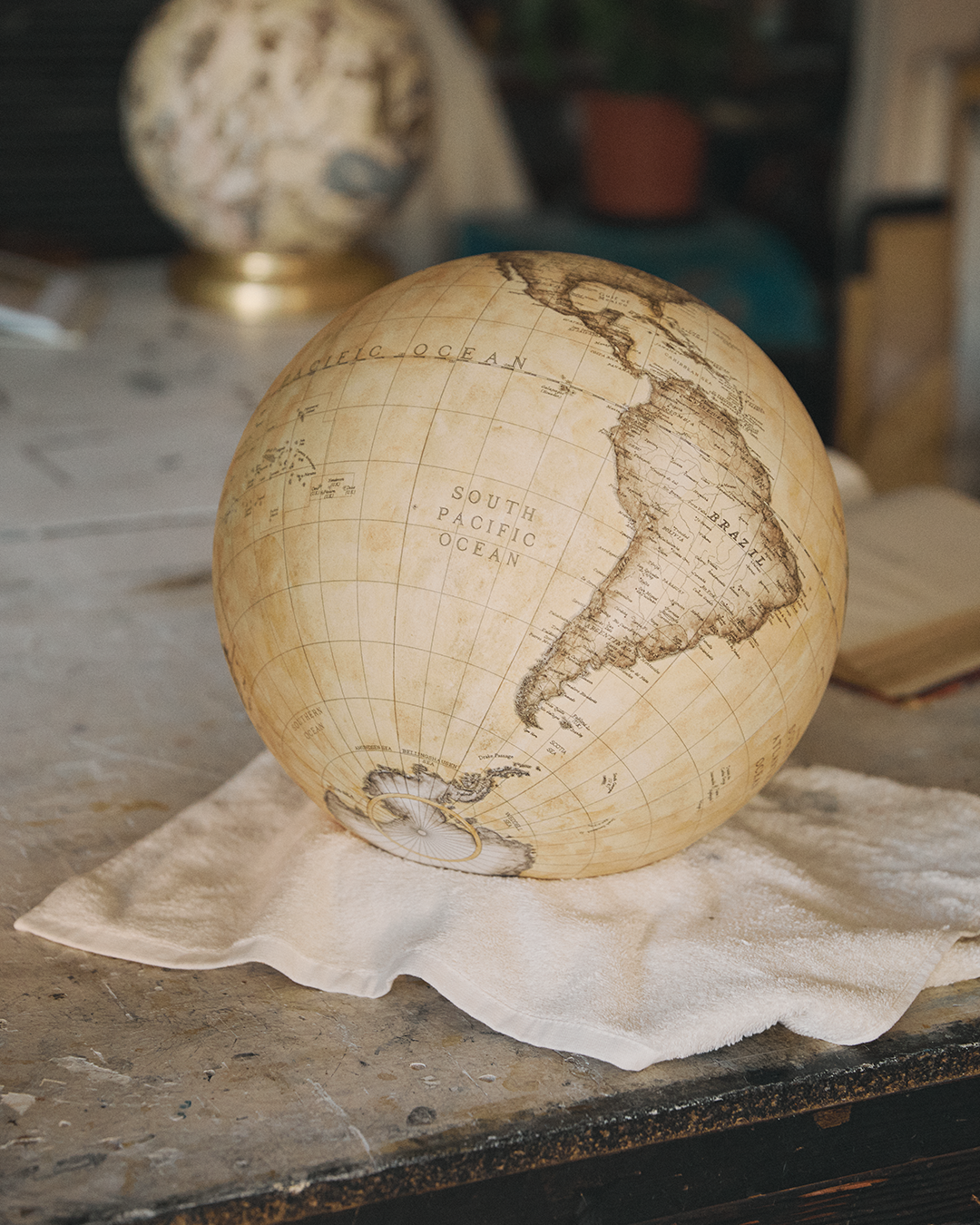
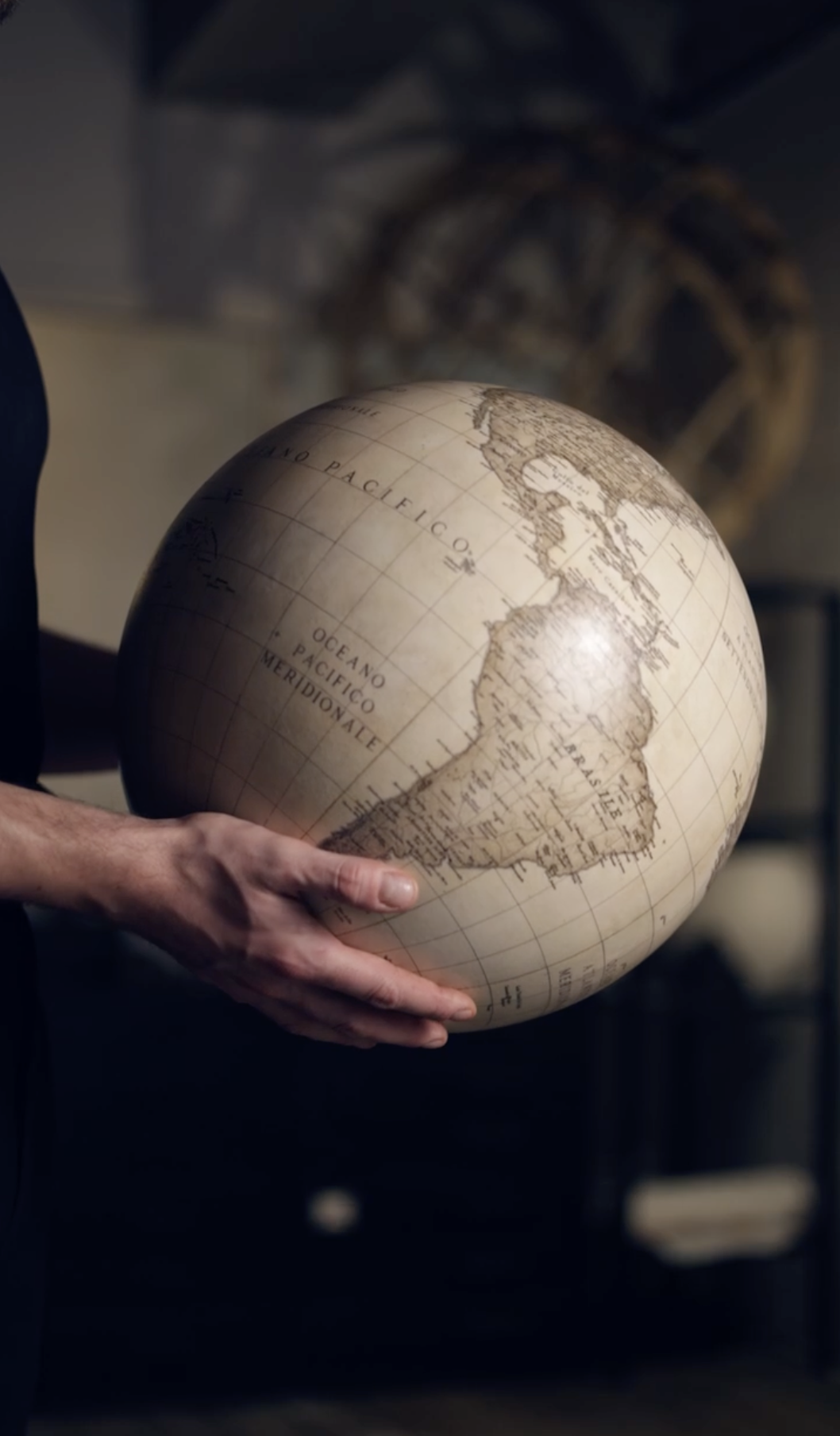


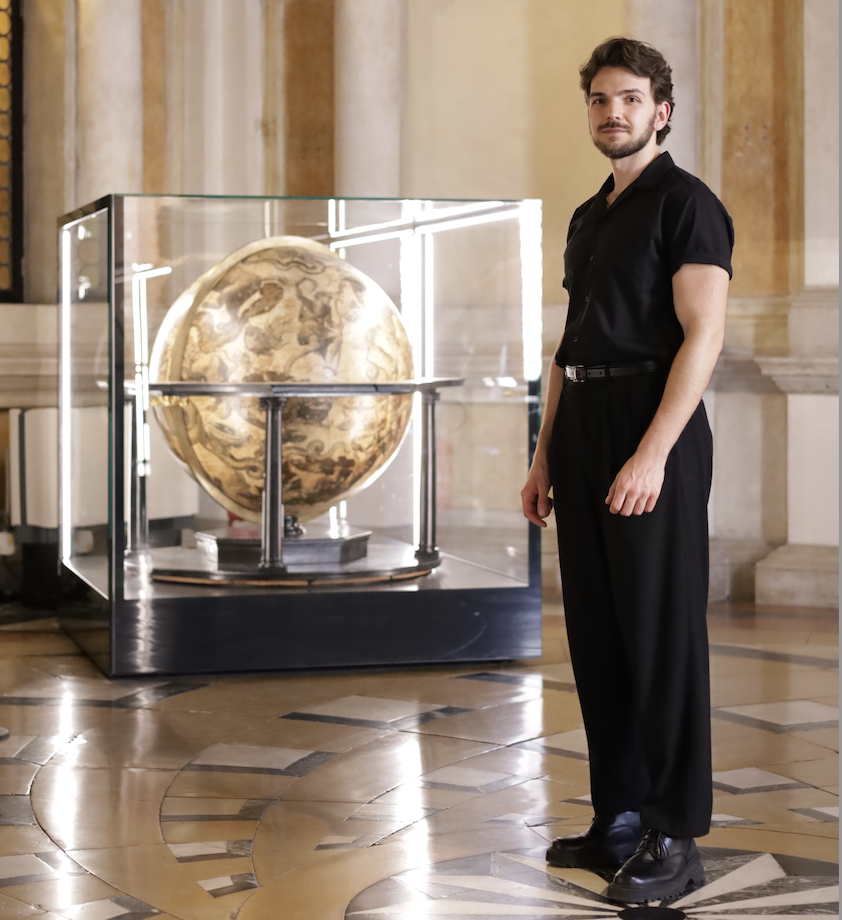



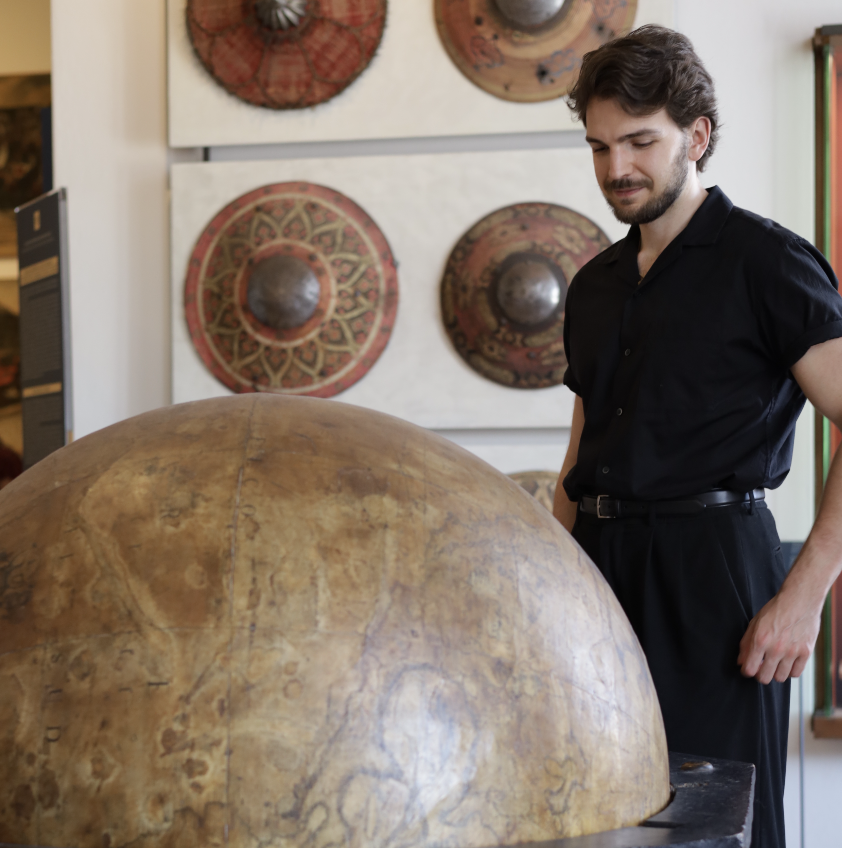
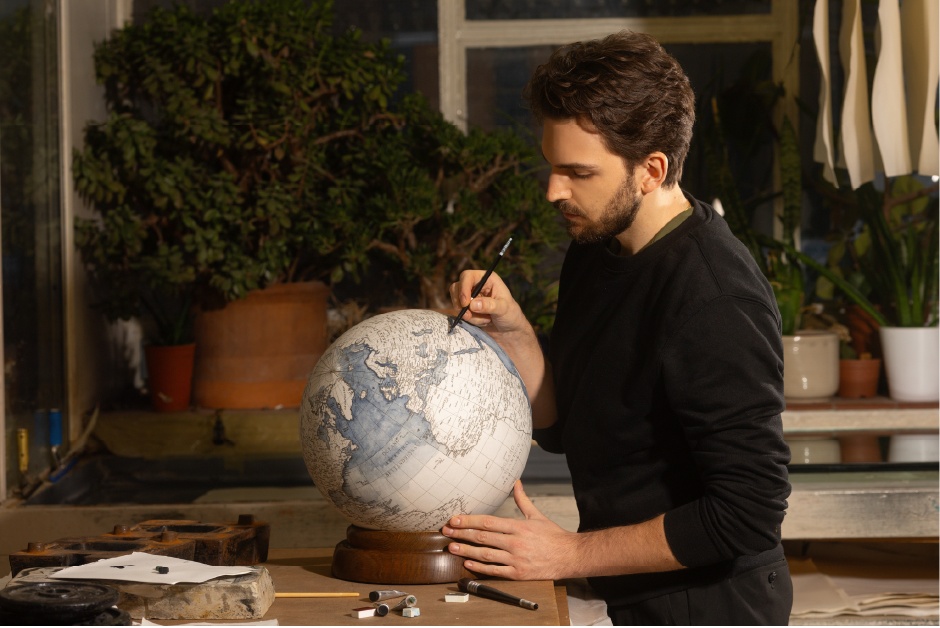
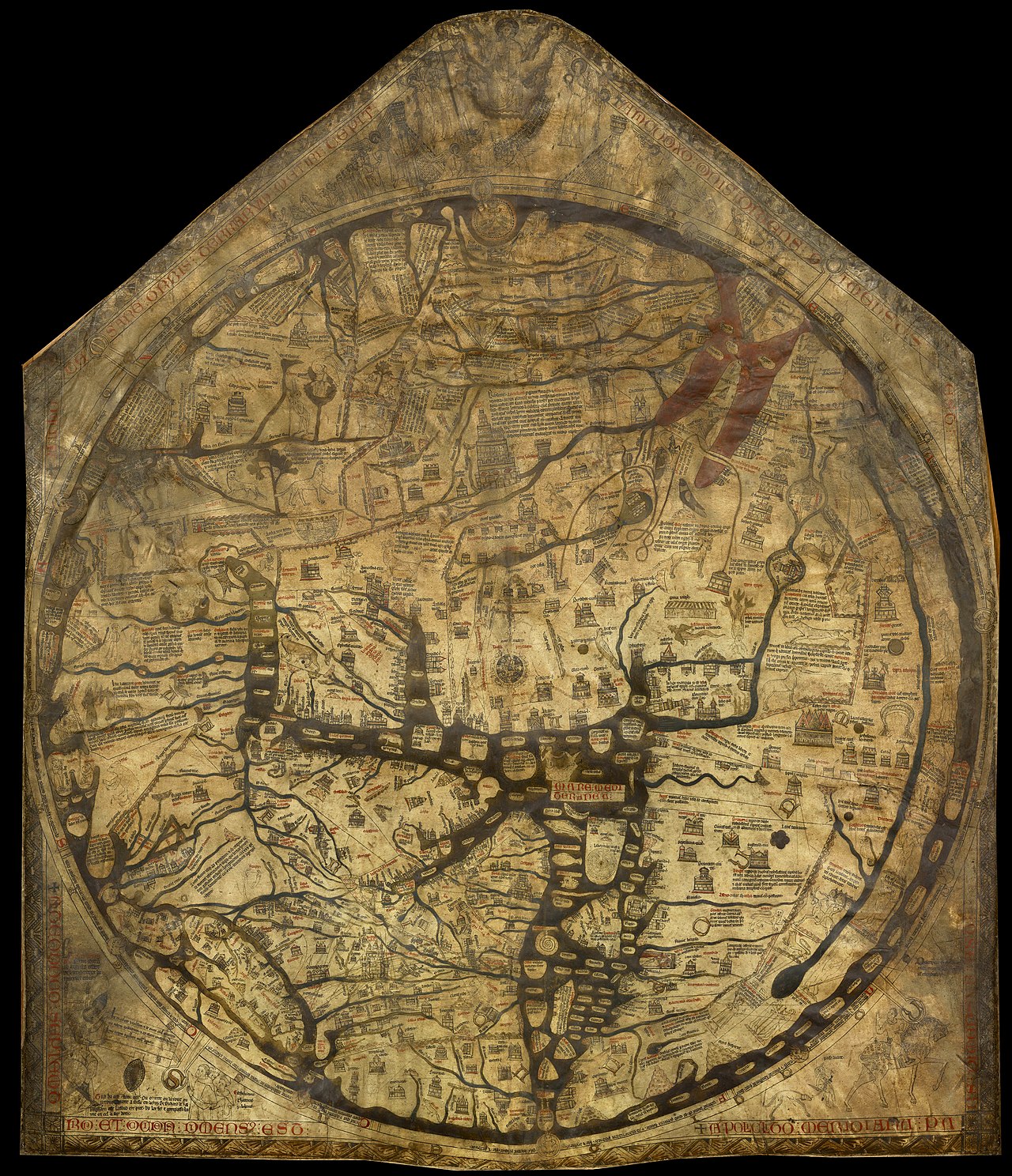

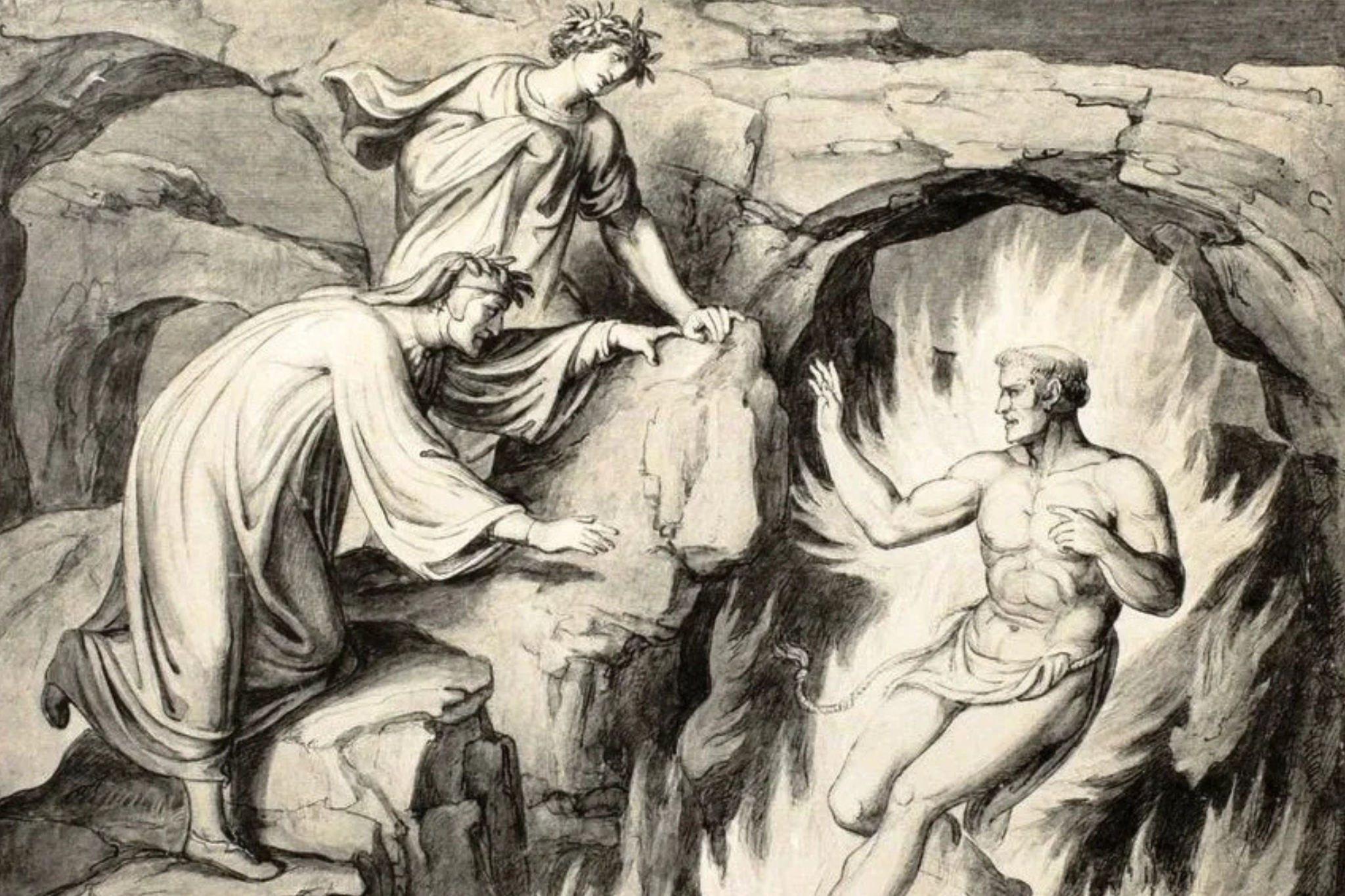








.avif)